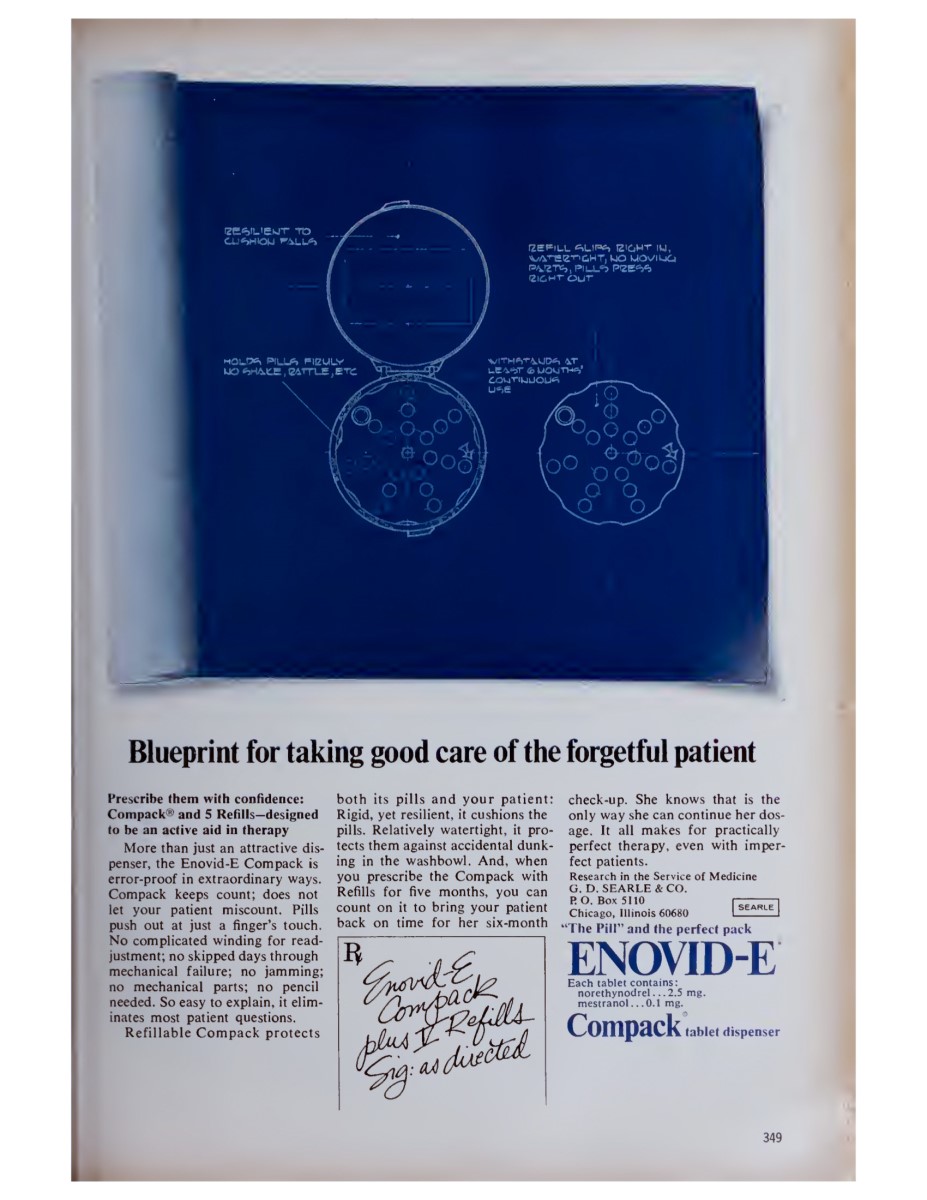
The FDA approved Enovid as the first oral contraceptive available in the US
In May 1960, the U.S. Food and Drug Administration (FDA) approved Enovid as the first oral contraceptive available in the U.S. Enovid, developed by the G.D. Searle Company, contained synthetic hormones (mestranol and norethisterone) that prevent ovulation.
The first oral contraceptive was submitted first for regulatory approval in 1957 as a treatment for menstrual disorders and infertility, not as a contraceptive (although the drug had been developed as an oral contraceptive). It was not until 1960 that the same drug was submitted to FDA for approval specifically as an oral contraceptive. At this point, concerns about the safety of drug shift from a concern about side effects, to concerns about the complications of a healthy women taking a drug for long periods of time to prevent pregnancy.
What has not been fully appreciated or explored is that the Pill was approved prior to revelations about the dangers of thalidomide and prior to passage of the 1962 Drug Amendments. After thalidomide, any drug with such widespread potential use in women of childbearing years would have encountered a far more cautious regulatory environment.
Safety and efficacy were inextricably intertwined in the risk/benefit equation for the Pill. In judging the safety of the first oral contraceptive, regulators were most concerned about it ability to prevent pregnancy because pregnancy and delivery were inherently medically risky. Had the drug been ineffective, or even less effective than mechanical contraceptives already available (condom and diaphragm), then its safety would have been difficult to establish.
The Pill met the law’s safety requirement precisely because it was so effective. Understood in this context, the Pill was safer than other contraceptives on the market. Early on, FDA expressed concerns about the carcinogenicity of the drug, but ob-gyn experts did not share this concern. The chief danger of oral contraceptives ‘thromboembolism (occasionally fatal obstructions of blood vessels leading to brain, heart, or lungs’ was not anticipated by anyone at the time of approval. It required almost a decade after the Pill’s initial approval to prove the statistical link between the condition and oral contraceptives.
Tags:
Source: U.S. Food and Drug Administration
Credit: PDF: “FDA’s Approval of the First Oral Contraceptive, Enovid” by Suzanne White Junod, Ph.D., FDA Historian.
